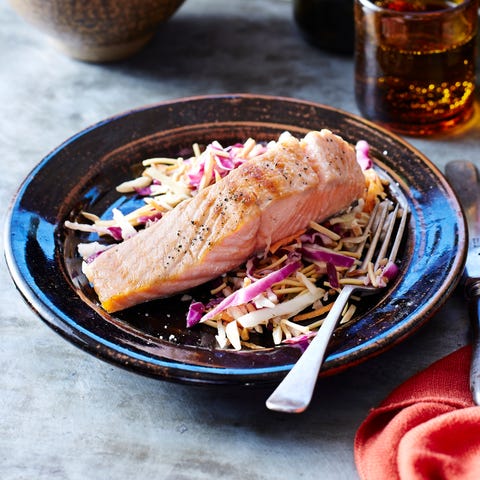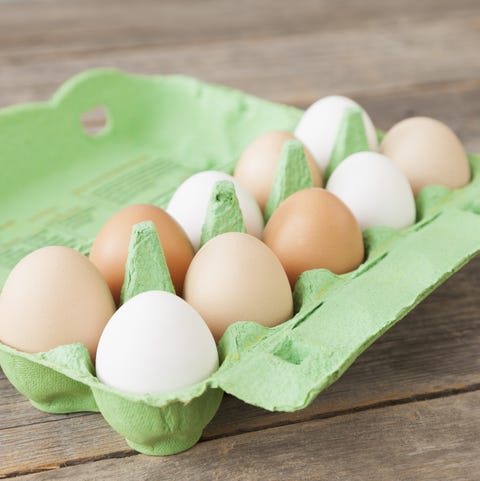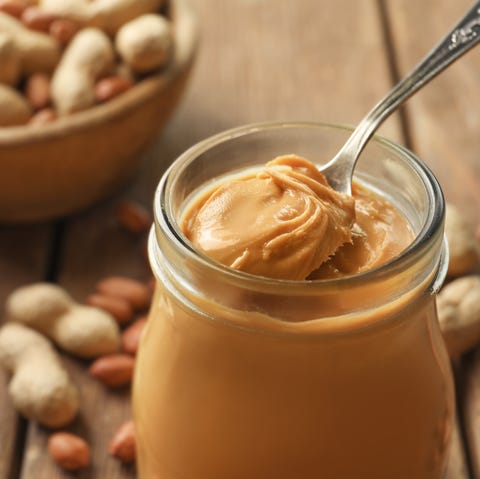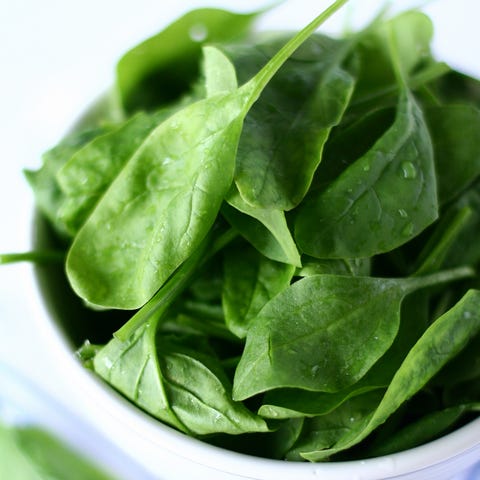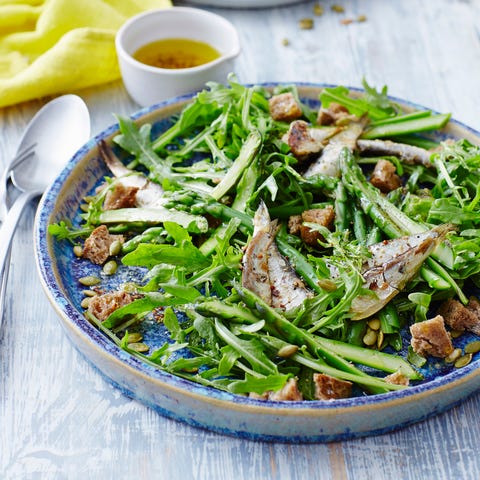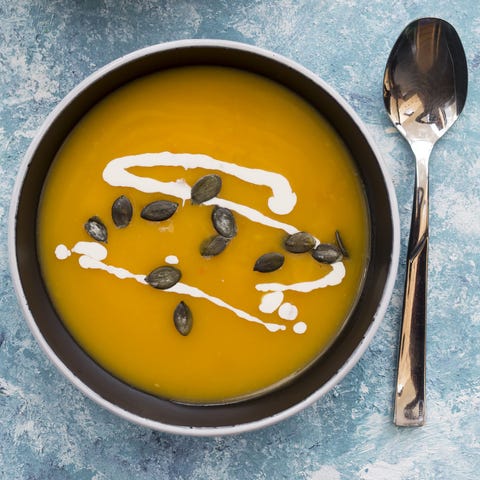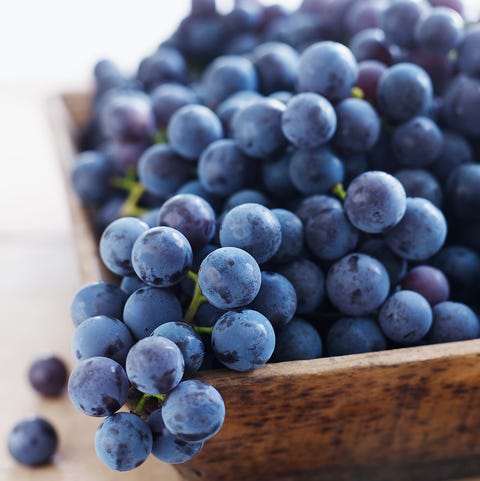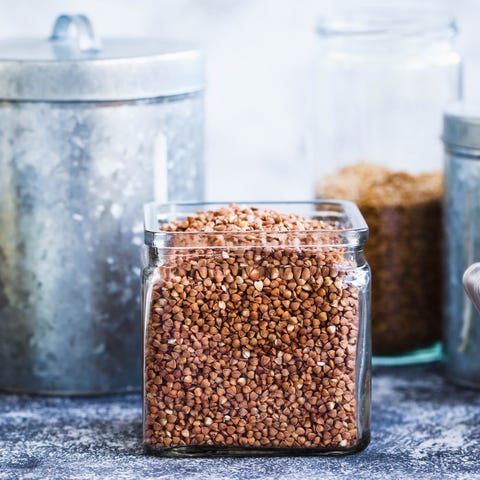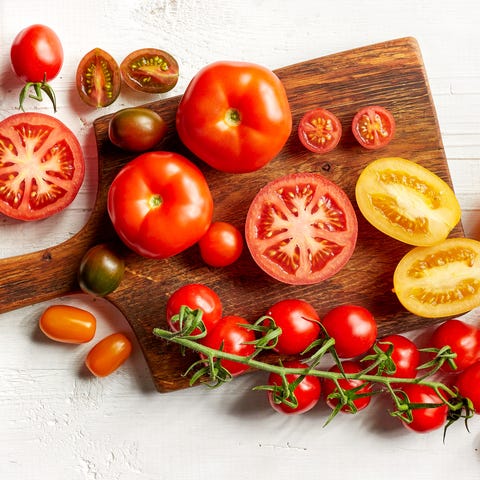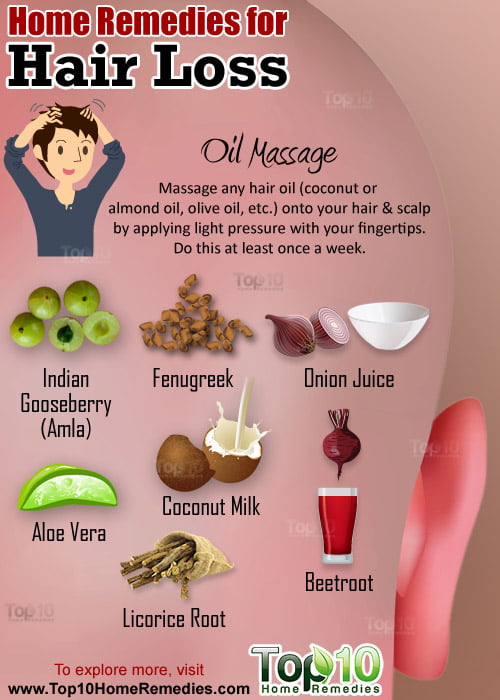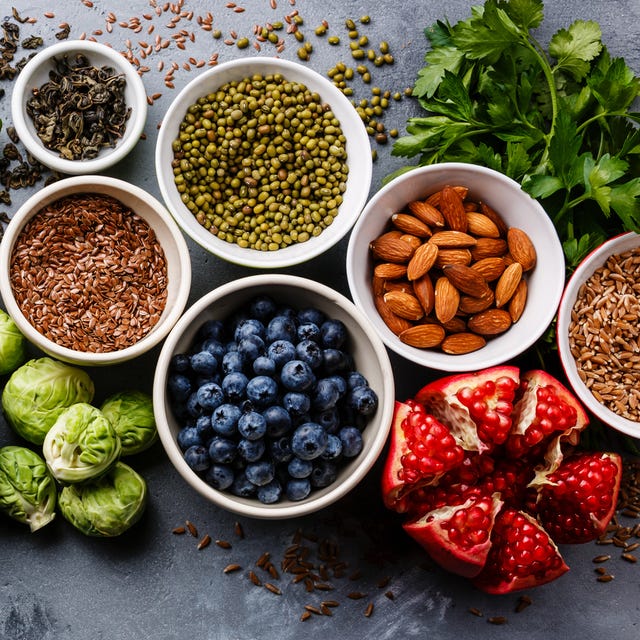
When it comes to thick, healthy hair, the most important diet-related step you can take is to fill your plate with mostly plant-based foods. Follow a Mediterranean-style plan and regularly eat protein from nutrient-dense sources, fiber-filled veggies and fruit, 100% whole grains, and healthy fats from nuts, seeds, and plant-based oils. A balanced diet will help you get enough of the key nutrients that keep skin, hair, and nails in great shape.
The Best Vitamins and Nutrients for Hair
• Protein
• Omega-3 fatty acids
• Fiber
• Iron
• Vitamins A, C, D, and E
• Zinc
• B vitamins
Colorful fruits and veggies provide a variety of antioxidants (like vitamins A, C, and E) necessary for cell regeneration. They act like a “shield” that keeps your hair follicles and the skin on your scalp in the best shape possible. Eggs, seafood, unsweetened dairy products (like yogurt), poultry, legumes, and beans provide protein, a.k.a. the building blocks for your cells. Dairy products are also packed with crucial minerals like zinc and calcium, and often get fortified with the beneficial vitamins A and D. Choose 100% whole grains for fiber, zinc, iron, and B vitamins. Barley, millet, buckwheat, amaranth, quinoa, sorghum, and bulgur are all great choices. B vitamins serve as helpers to the metabolic reactions going in your body, enabling your body to use the protein, carbs, and fat you eat more efficiently — especially in the cells that make up your skin and hair tissues.
The only foods I’d urge you to consider replacing are the nutrient-poor ones — a.k.a. processed and packaged foods. Many of these come loaded with the stuff you just don’t need, rather than nourishing your body with the nutrients that promote cell regeneration or minimize skin cell breakdown. They’re also won’t do your body’s probiotics any favors. This friendly bacteria again helps with nutrient absorption, bolstering your hair, skin, and nails.
If you’ve recently noticed significant hair loss, your first step is to check with your physician. It could indicate an underlying medical condition. You should especially talk to your doctor before trying any hair supplements. While the additional B vitamins can help in specific cases(like if you have an underlying condition causing a deficiency), they can also cause negative effects, like dangerously altering lab test results. Supplements also often provide unnecessary biotin that far exceeds what your body can actually use. Considering that most people can get all the B vitamins they need in food, buying these supplements is likely just a waste of money.
Load up on the food groups listed above and you’re primed for results, but here are some specific key all-stars to add to your grocery cart for healthy hair, ASAP:

